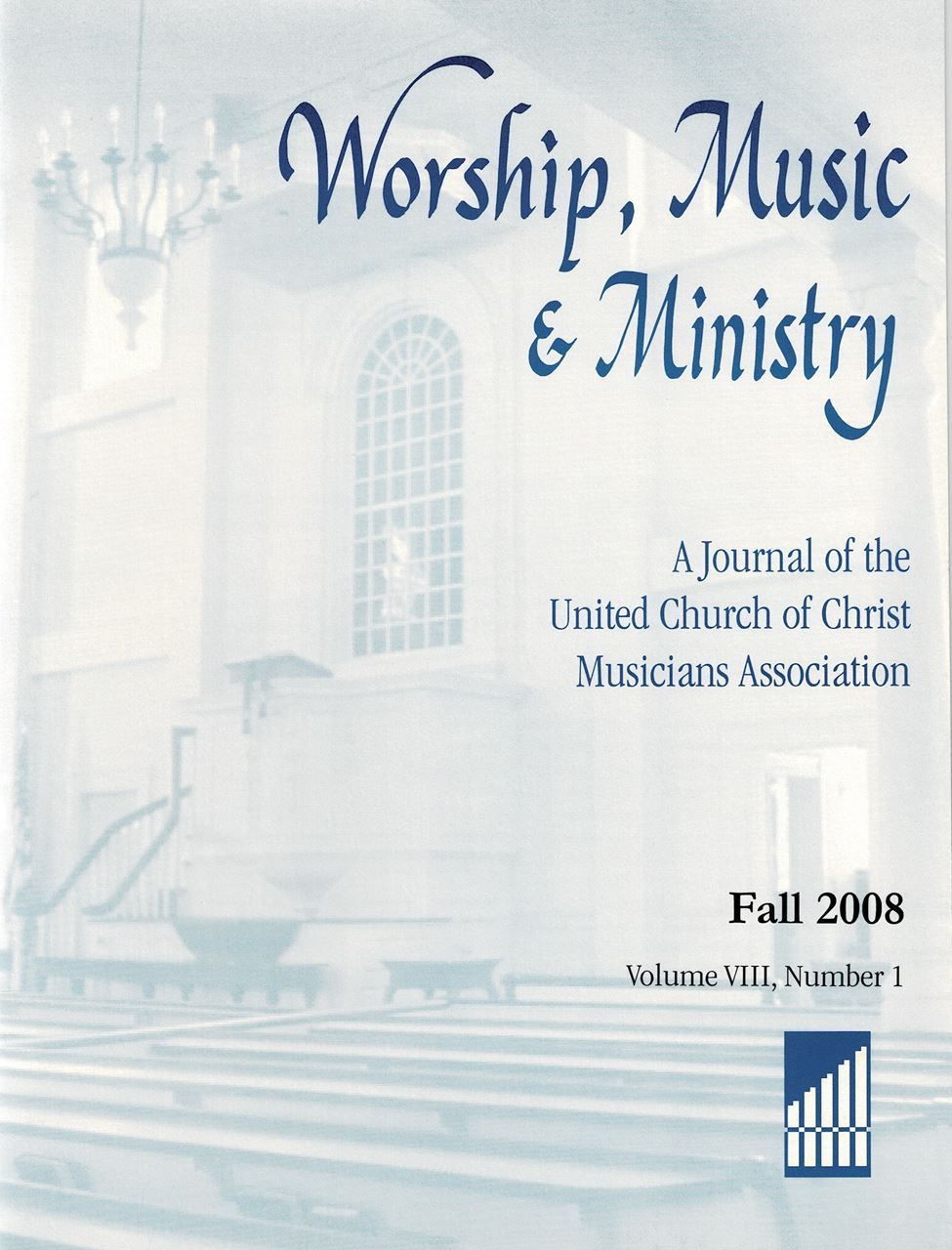Worship Music Beyond theTraditional/Contemporary Divide
By Amanda Udis-Kessler In 2020, Brian Hehn, Director of the Center for Congregational Song, offered a Hymn Society presentation, “Breaking through the Traditional/Contemporary Divide.” In the presentation, Brian differentiated between what he called pastoral and prophetic worship music. Brian said that pastoral hymn texts pull from tradition and speak to our common identity, whereas prophetic hymn texts speak to the future and share a vision of who God is calling us to be. I have found Brian’s distinction to be both profoundly helpful and deeply thought-provoking. I have written this essay to elaborate on Brian’s ideas and provide examples of prophetic music within the larger body of mostly pastoral pieces in the New Century Hymnal (hereafter NCH). I also briefly mention the work of some contemporary worship music composers, including mine. Church musicians might differ on how to make sense of this distinction or where to classify particular hymns or worship songs; my main hope is to begin a conversation about the pastoral/prophetic distinction, not to foreclose on any particular ways of thinking about it. In the three years since Brian gave his presentation, the following points about the pastoral/prophetic distinction have struck me as helpful:
I found that the overwhelming majority of hymns in the New Century Hymnal fell into the pastoral category. This is not surprising, given the categories covered in the hymnal. The main exceptions included hymns focused on the Holy Spirit (which often held an internal pastoral-prophetic tension) and stewardship hymns in the section on stewardship and creation (particularly NCH 556, 557, 559, 563, and 569). That said, a few individual hymns in otherwise “pastoral” sections of the hymnal have prophetic elements or a prophetic focus involving the idea that God is calling the church into the future; these include NCH 177, 314, 391, 417, and 538. Contemporary hymn writers and worship song composers span and complicate the pastoral/prophetic categories. The Convergence Music Project has several popular songs that blend pastoral and prophetic ideas, such as Richard Bruxvoort Colligan’s interpretations of the Psalms, Bryan Sirchio’s worship song “Dream God’s Dream,” and Christopher Grundy’s prayer song “Leaning In.” One hymn of mine, “History and Mystery,” is specifically about the pastoral/prophetic tension in the life of the church. While church season music often tends toward the pastoral, it is possible to write prophetic church season music in the sense described here, as with my worship song “Hope Waits for Us at Advent.” Drawing a distinction between pastoral and prophetic worship music, however complicated that distinction may be, raises interesting questions for church musicians and others who program worship music. These questions might be used to understand a congregation's current music pattern or raise possibilities about future music programming. For example:
Undoubtedly, many more questions and explorations are possible. Please consider the value (and potential limitations) of the distinction between pastoral and prophetic worship music. I also hope you will experiment using these ideas in your worship music programming. Ultimately, I agree with Brian Hehn that the church needs both pastoral and prophetic worship music to be true to both its history and the mystery that we gather to celebrate. May our worship music work effectively in both directions, drawing us close and sending us out to transform the world as we are called forward into God’s dream.
| Engage, Encourage and Be Intentional The Church's Music as Counter-Cultural Worship Music Beyond the Traditional/Contemporary Divide The Second Winner of the UCCMA Anthem Commission Why do We Celebrate Christ the King Sunday? Observing the Children's Sabbath - 50th Anniversary The Meaning of Dance Then and Now Tech Talk: A Primer on Microphones A Few of Our Favorite … Organ Collections MUSIC DOWNLOAD Come, O Come, Our Voices Raise Composed by Peter Niedmann CROSSES The Cross of St. Peter is "a cross with the crossbeam placed near the foot, that is associated with Saint Peter because of the tradition that he was crucified head down." — Wikipedia LOOKING BACK – 30 YRS.  The first 22 years of Worship, Music & Ministry in print. |

 Amanda Udis-Kessler can be contacted at
Amanda Udis-Kessler can be contacted at .svg.png)


